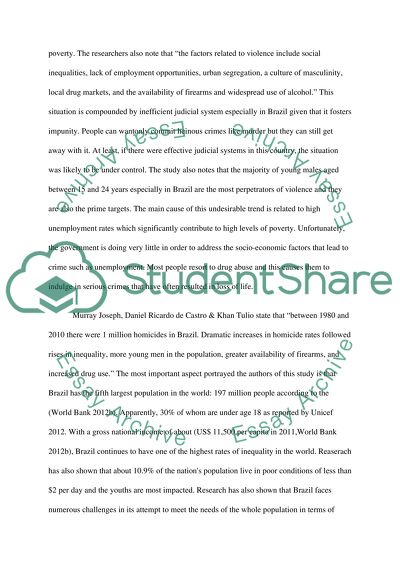Cite this document
(“Facts that have contributed to urban violence in Brazil Research Paper”, n.d.)
Facts that have contributed to urban violence in Brazil Research Paper. Retrieved from https://studentshare.org/history/1492100-facts-that-have-contributed-to-urban-violence-in-brazil
Facts that have contributed to urban violence in Brazil Research Paper. Retrieved from https://studentshare.org/history/1492100-facts-that-have-contributed-to-urban-violence-in-brazil
(Facts That Have Contributed to Urban Violence in Brazil Research Paper)
Facts That Have Contributed to Urban Violence in Brazil Research Paper. https://studentshare.org/history/1492100-facts-that-have-contributed-to-urban-violence-in-brazil.
Facts That Have Contributed to Urban Violence in Brazil Research Paper. https://studentshare.org/history/1492100-facts-that-have-contributed-to-urban-violence-in-brazil.
“Facts That Have Contributed to Urban Violence in Brazil Research Paper”, n.d. https://studentshare.org/history/1492100-facts-that-have-contributed-to-urban-violence-in-brazil.


